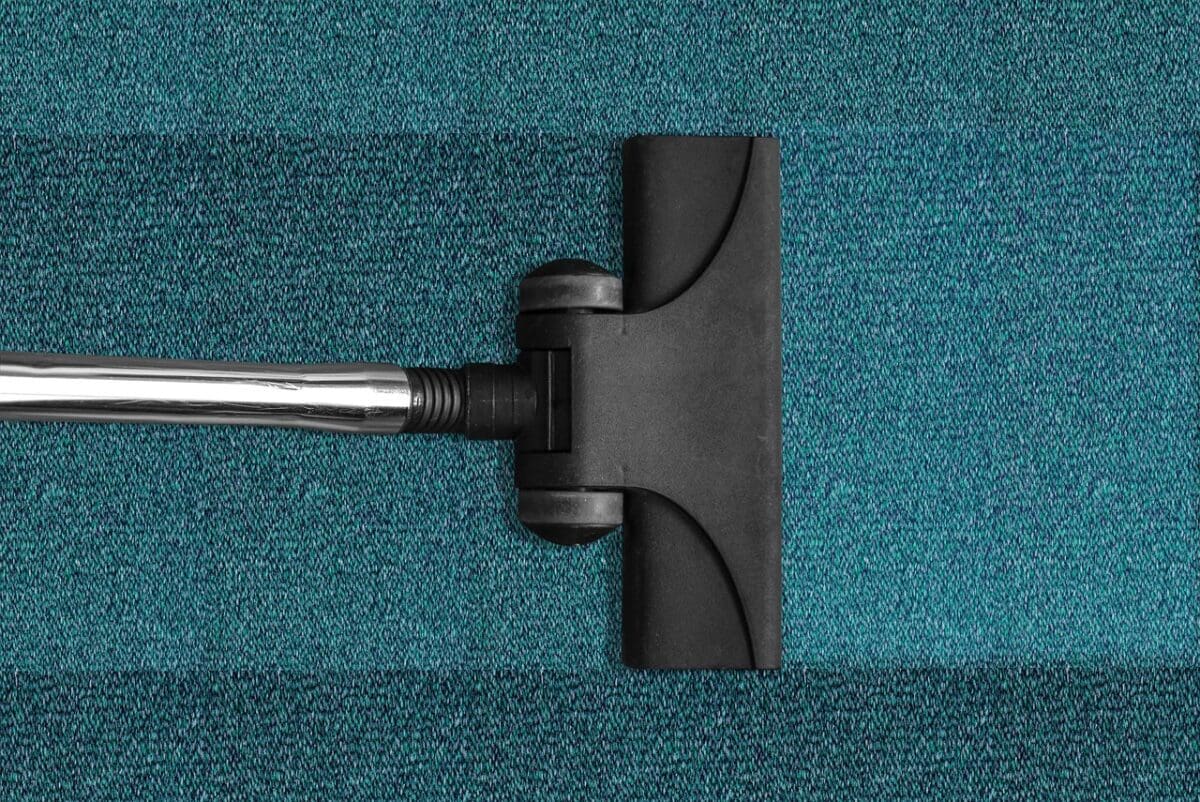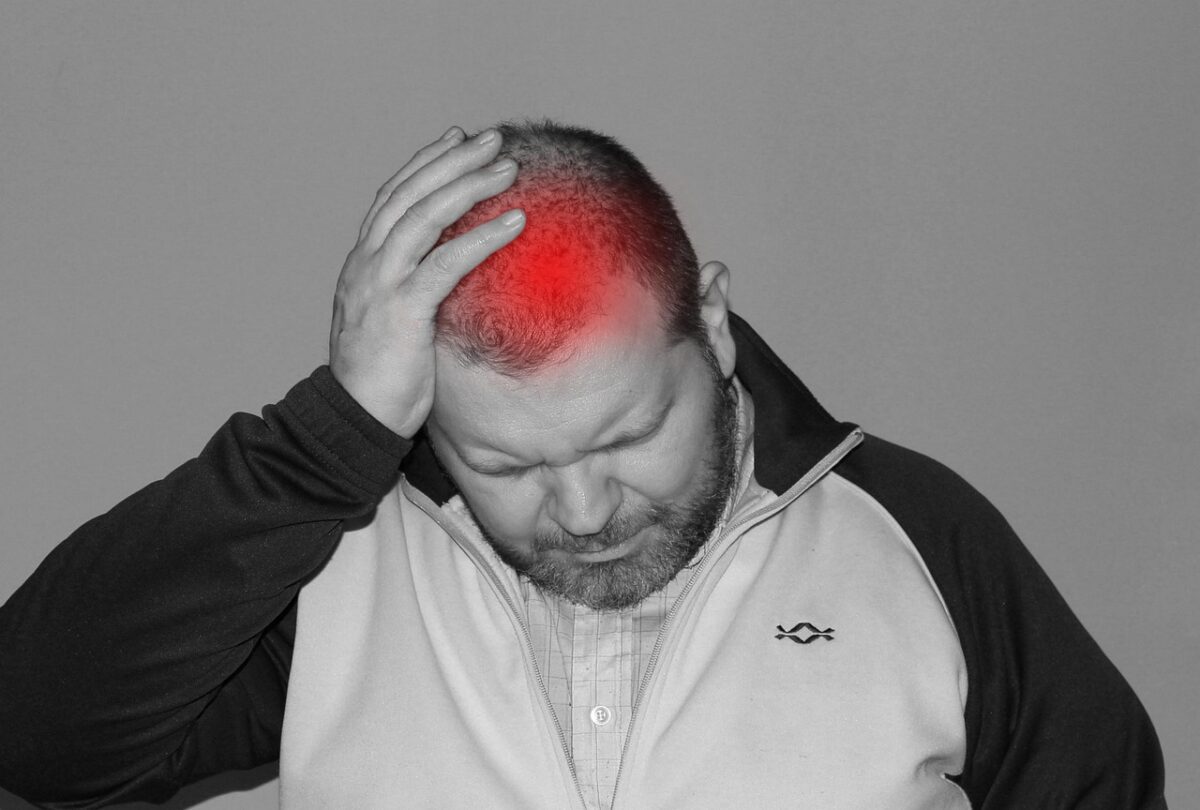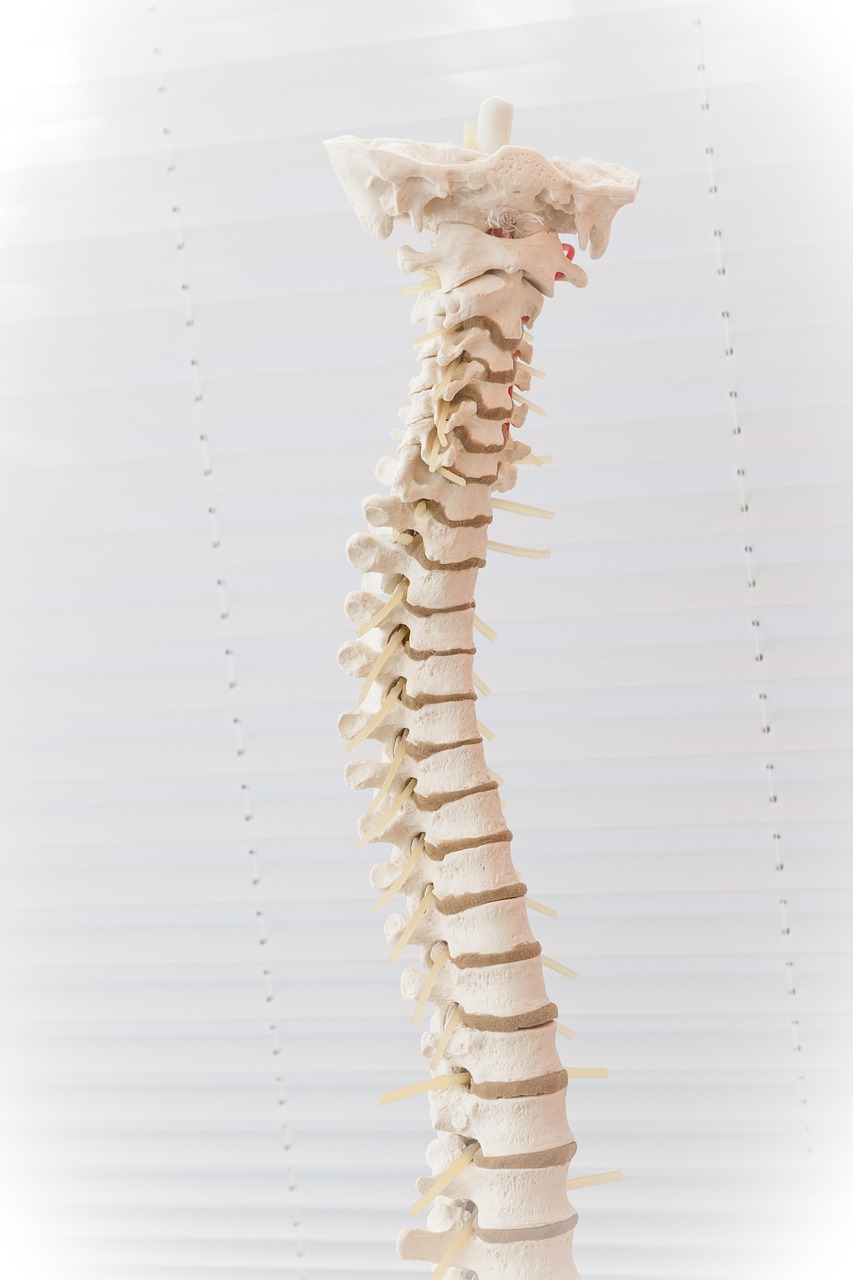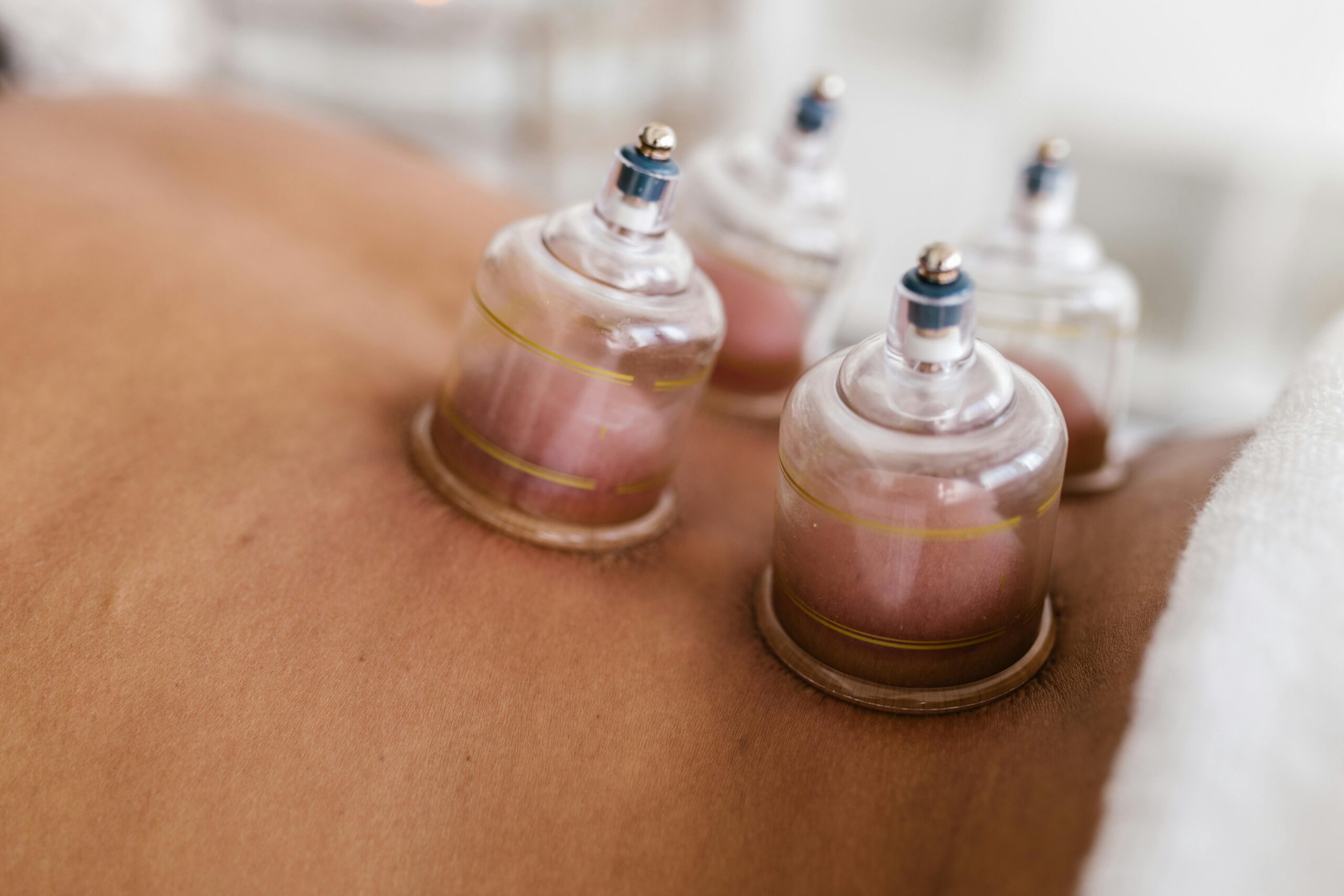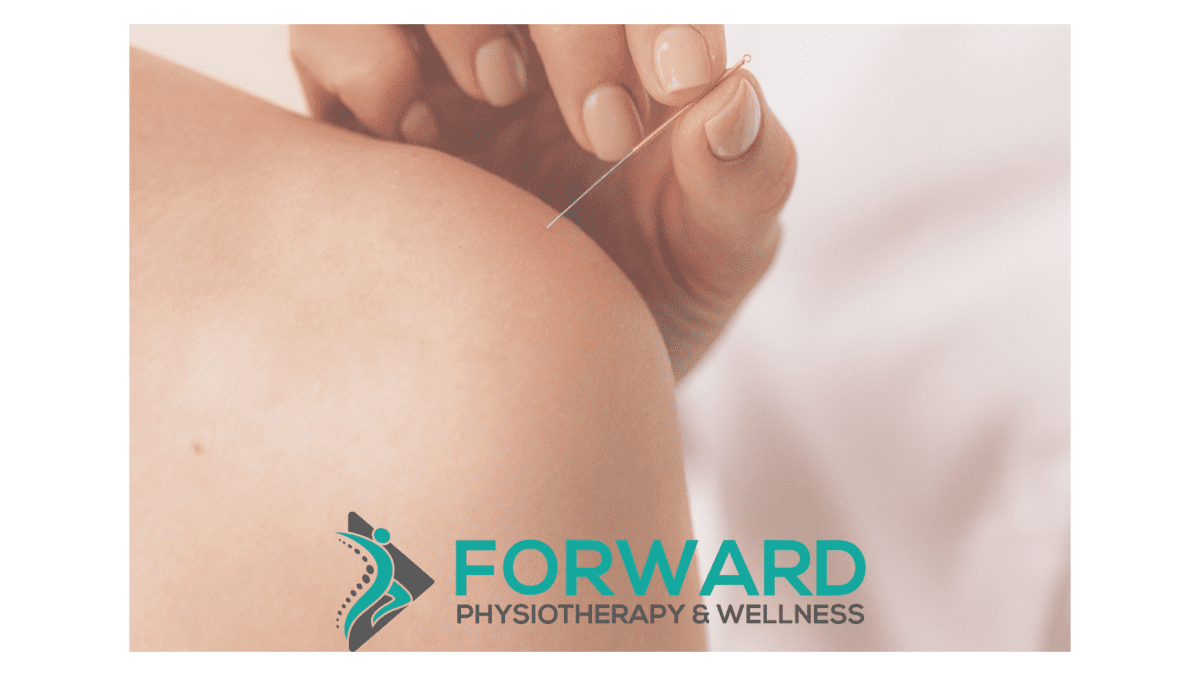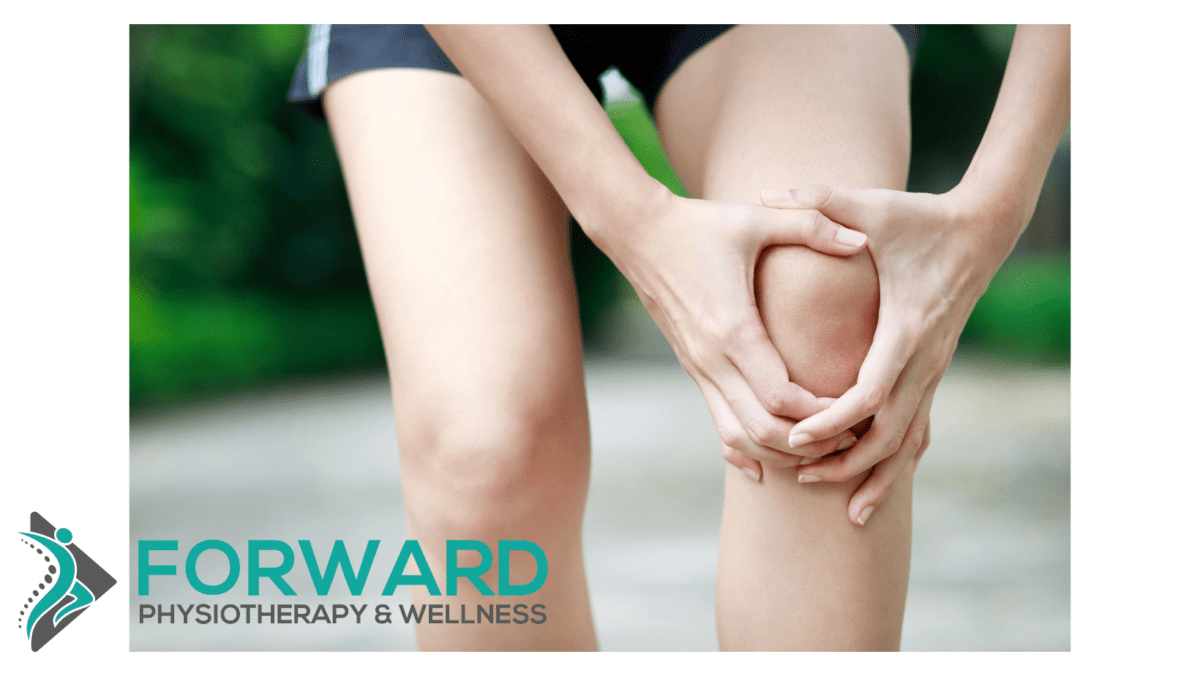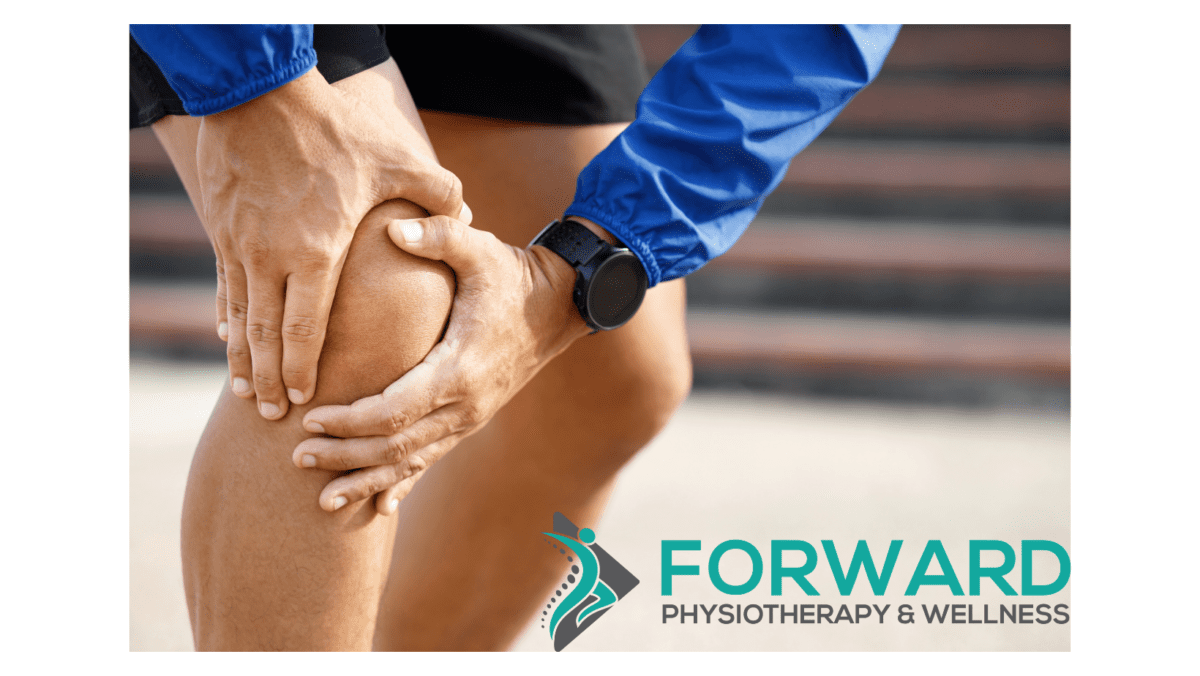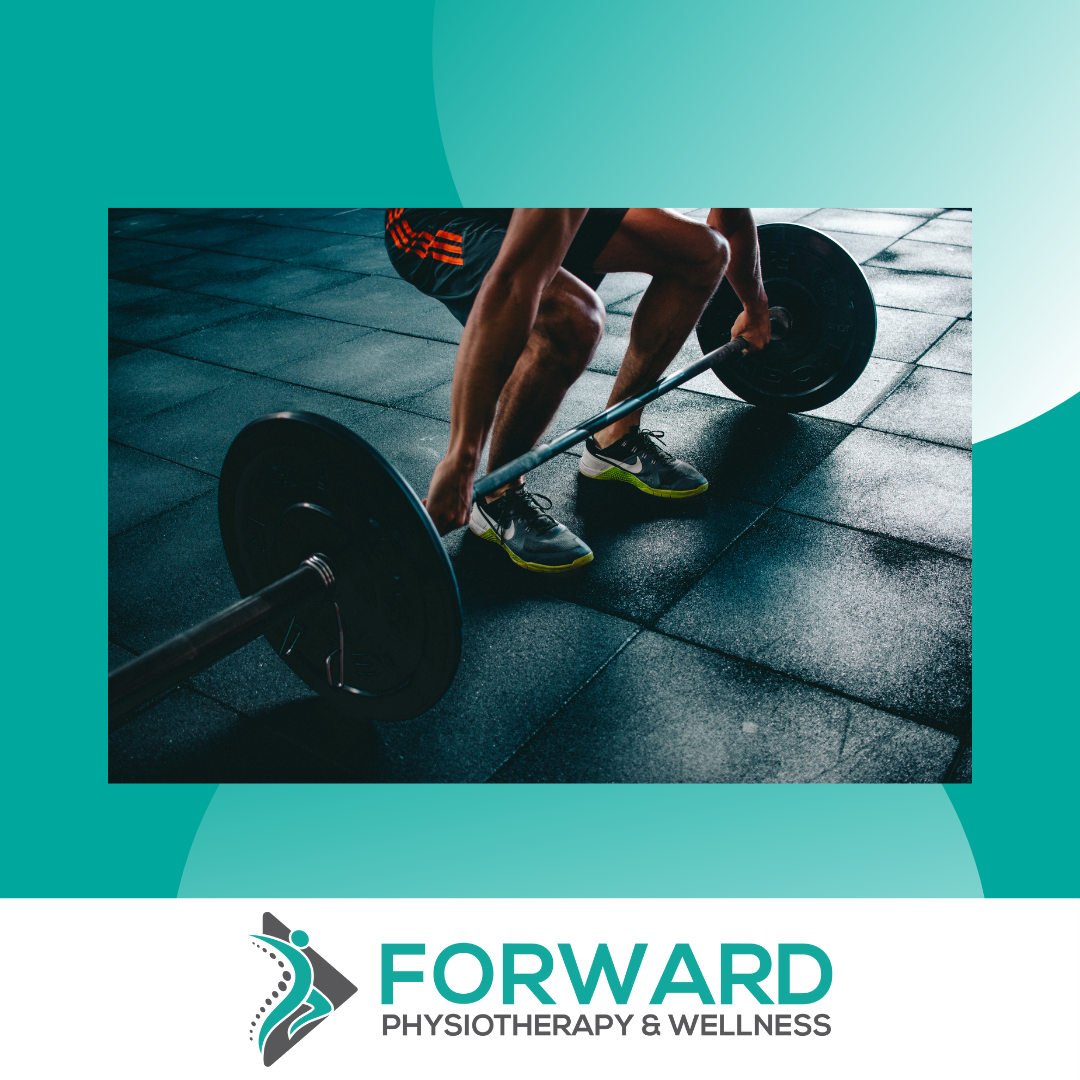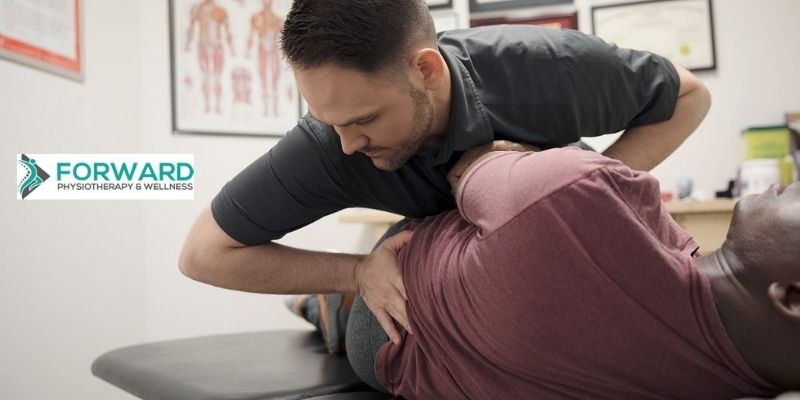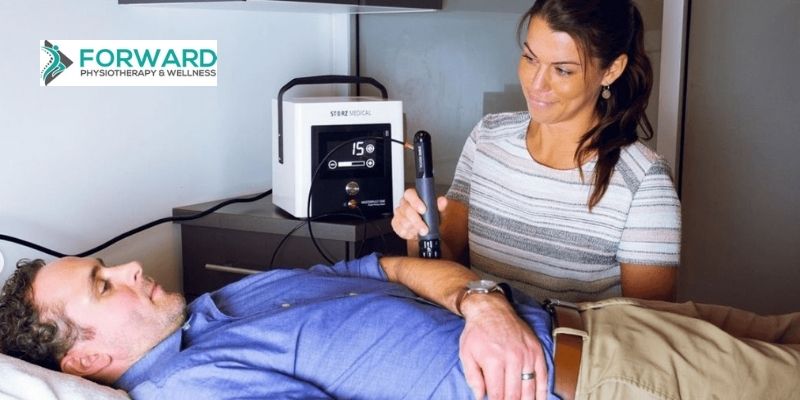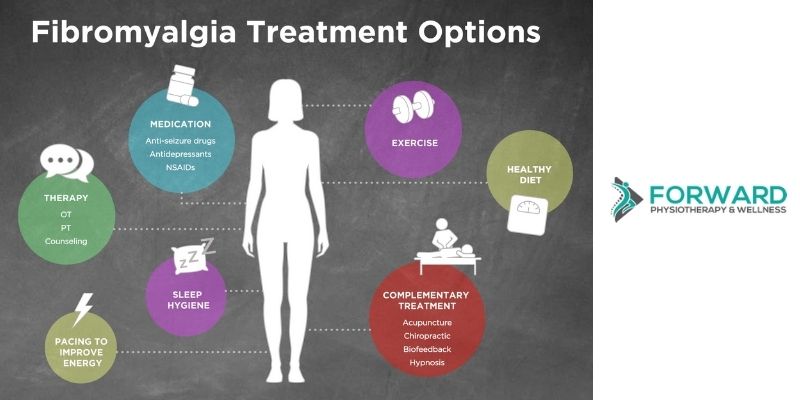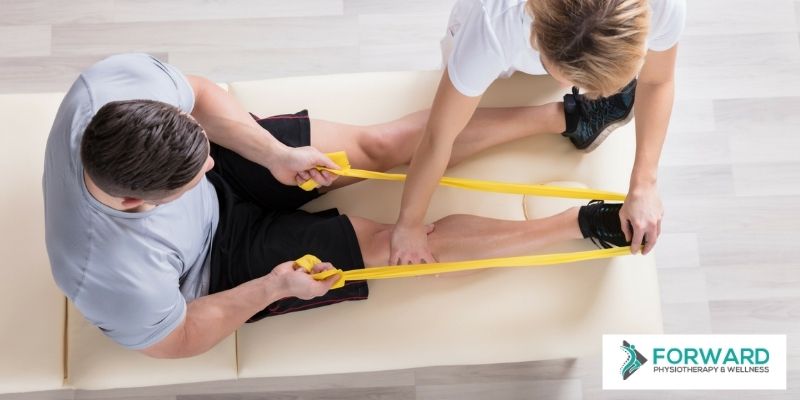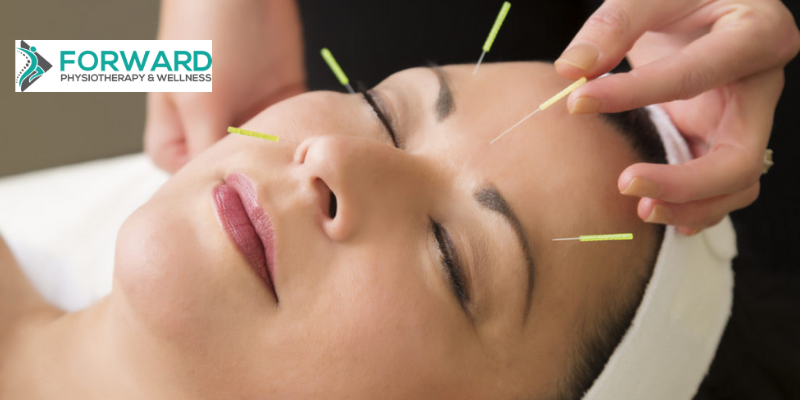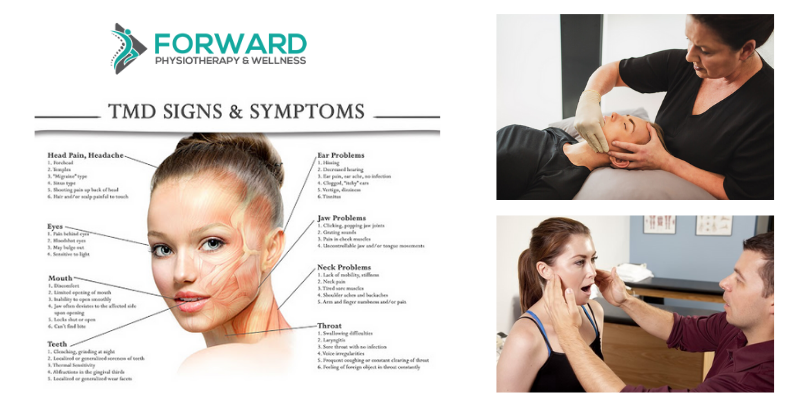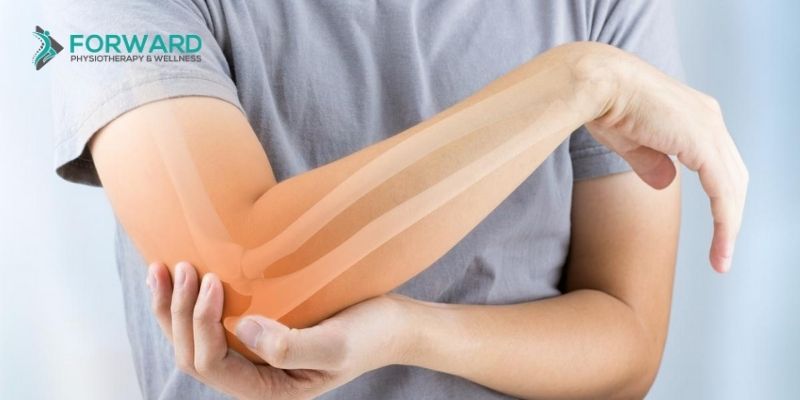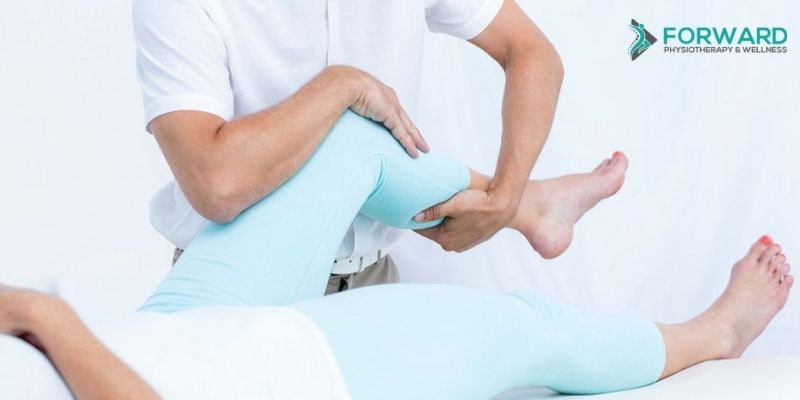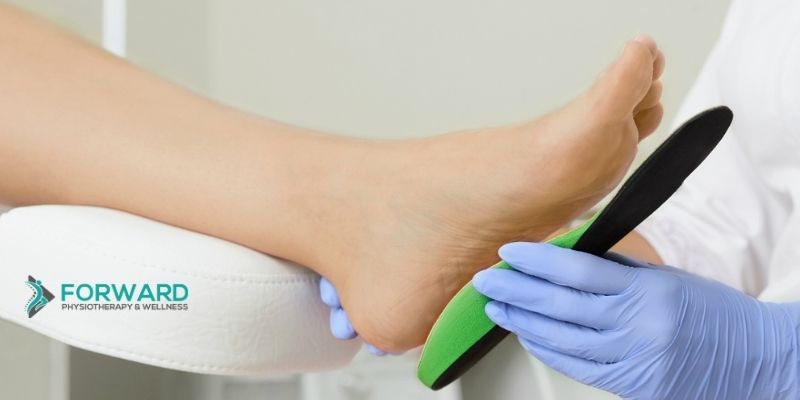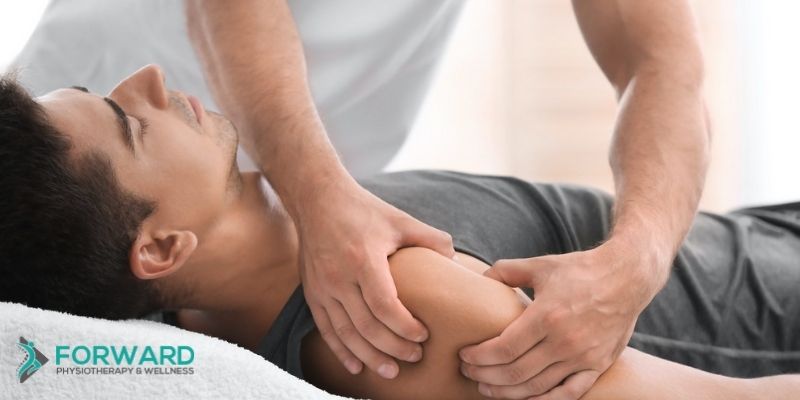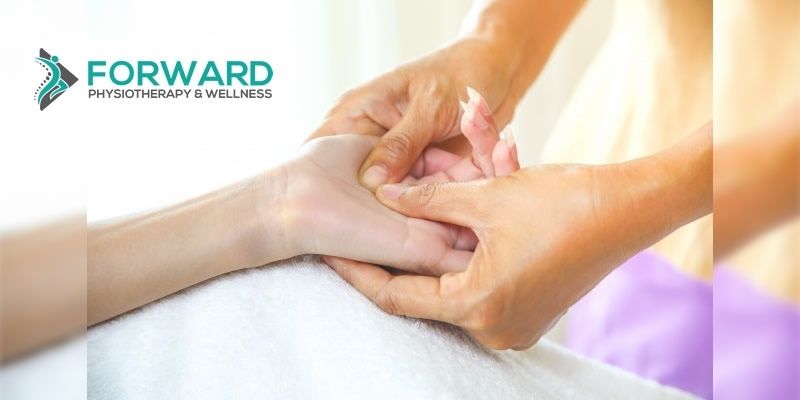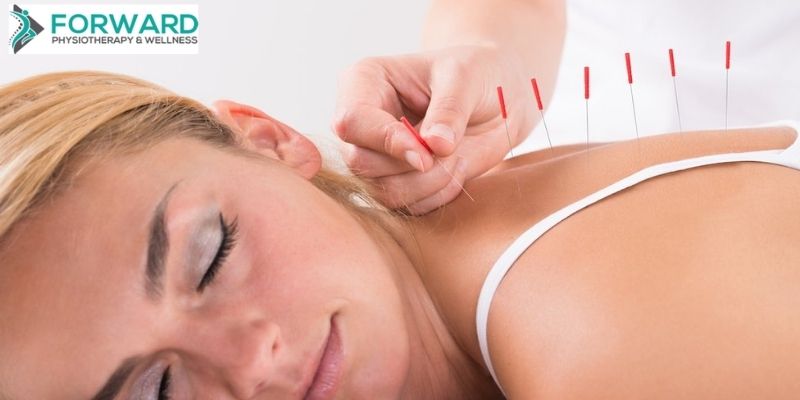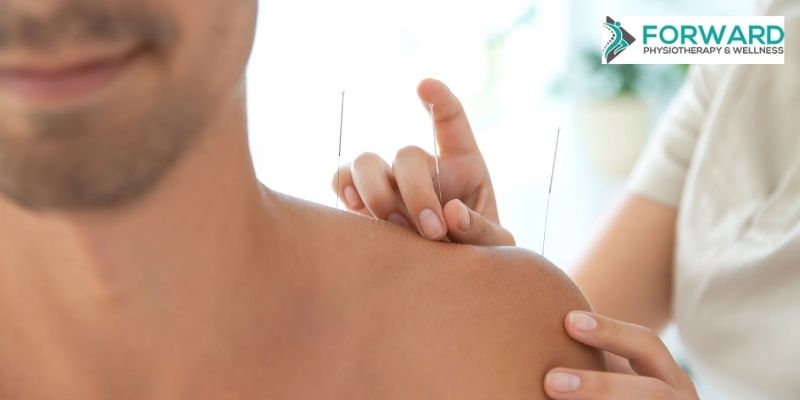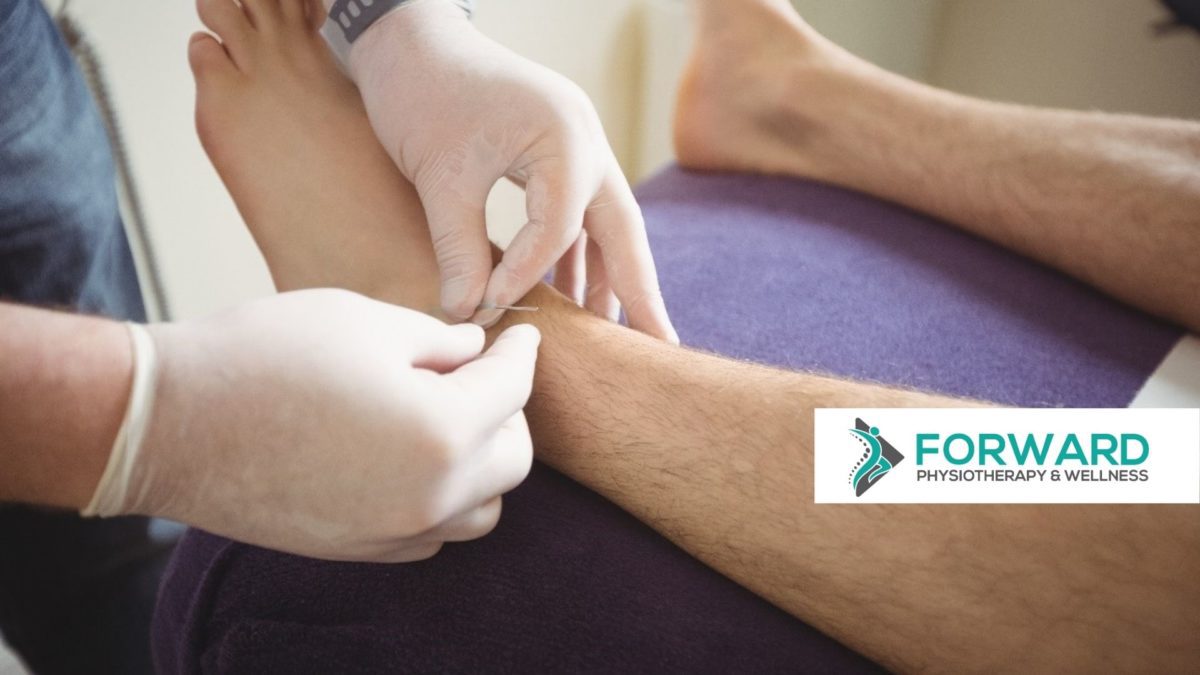
Dry Needling? What’s That?
Posted By: Forward Wellness
Pain and poor musculoskeletal function can be limiting and uncomfortable. Dry needling can be beneficial in such situations. The term ‘dry’ comes from the fact that it uses fine short needles that do not inject anything into the body. The medical practitioner inserts these needles in targeted muscular areas with trigger points. The needles are used to reduce tension on a specific muscle to relax and trigger a natural healing process. It is a modern form of treatment that is increasing in popularity. It is usually offered by trained physical therapists, chiropractors, and even other medical practitioners. The following is an overview of dry needling and how it can help.

Provide Relief to Muscular Pain
Dry needling is seen to be an effective method of pain reduction in musculoskeletal parts of the body. Muscular pains are often caused by what is referred to as trigger points, which are tense areas that develop in these muscles. These can occur as a result of overuse or direct trauma to the area, such as a fall or sudden impact. These trigger points can currently be active or may become problematic in the future. The muscles become highly sensitive resulting in pain locally or in other muscles, known as referred pain.
When a patient complains of pain, such as neck pain, the physical therapist will assess the area for trigger points. They will then strategically insert the needles targeting these points. This will stimulate the muscles and lead to a reduction in pain and inflammation. Another benefit of the muscles reaction to dry needling is the release of neurotransmitters. These can block the transmission of pain signals to the brain, therefore decreasing the feeling of pain.
Increase Blood and Oxygen Flow
Blood and oxygen are important for nourishing and improving the function of muscles. When a certain muscle is experiencing pain or injury, they become tight, restricting the proper flow of blood and oxygen. There may also be a buildup of metabolic waste or chemical blockages, such as lactic acid, which can be removed through dry needling these trigger points. When removed, blood and oxygen circulation to the area can be improved.
Reduce Stiffness
Stiff muscles can affect your ability to move easily. More than that, it can bring about discomfort, soreness, and even pain. Trigger points introduce tightness into the muscle. This causes the muscles to feel stiff. This issue can be resolved with the help of dry needling.
By deactivating the trigger points, the tight muscles are able to relax. It also triggers a local twitching response which restores the length of the muscle. The increase in blood and oxygen flow through the reduction of muscle tension will enable you to move more freely.
Improved Range of Motion
Dry needling can also help when it comes to improving range of motion. This is especially important for athletes or people with careers that require them to be active. Depending on the sport or activity they take part in, they are likely to be overusing and putting a lot of stress on a particular part of the body. The overall function and range of these parts needs to be improved to prevent the possibility of sustaining an injury.
Tight bands occurring in the muscle fibers can limit one’s range of motion. Dry needling will help to relax these bands, increasing their ability to function and move more efficiently.
Speeds up Recovery
Different injuries will require different amounts of time to heal. Despite the type or degree of injury, you are likely looking forward to regaining your full body strength and ability. While dry needling helps to alleviate pain and improve movement, it also helps speed up the healing process, leading to a shorter recovery period.
Through the insertion of tiny needles into the skin, the body responds as if it were an injury, invoking the natural process of healing, as well as stimulating the production of collagen and protein. This aids in restoring the problematic muscle to its normal function.
SUMMARY:
A form of treatment that involves puncturing the skin might seem ironic, however it is seen to have several medical benefits especially when it comes to myofascial pain. These are simply a few of the benefits that you can reap from this technique.




